
Keto diet quick start guide for beginners is for those of you who aren’t interested in long explanations and just want to get started with keto and start losing weight today. This video is for you. I will explain what you shouldn’t eat and what you should eat on the keto diet and how to get into ketosis as fast as possible. I will also explain what to expect when you are in keto including how fast you can expect to lose weight. I will explain this in 5 easy to follow steps.
Right here we go.
Step 1. Do your research

Research and check with your medical professionals that the keto diet is right for you.
Start your research by watching this video and if you want more detail then also click here and watch this video
There are also a few excellent books on the subject of diet in general and specifically keto. I found these books, “The obesity code” by Dr Jason Fung and “The real meal revolution” by Professor Tim Noakes, particularly enlightening. What I like about both these authors is that write in language that every person can understand and they are both brave pioneers in questioning conventional wisdom on diet science and backing up their views with sound scientific evidence.
Short Disclaimer/disclosure: As an Amazon Associate I earn a small fee from qualifying purchases. There is no additional charge to you. My videos/articles are for informational and educational purposes only, you should consult with a professional before attempting anything seen or done in my videos/articles. See full disclaimer above.
Step 2. Understand what the keto diet is.
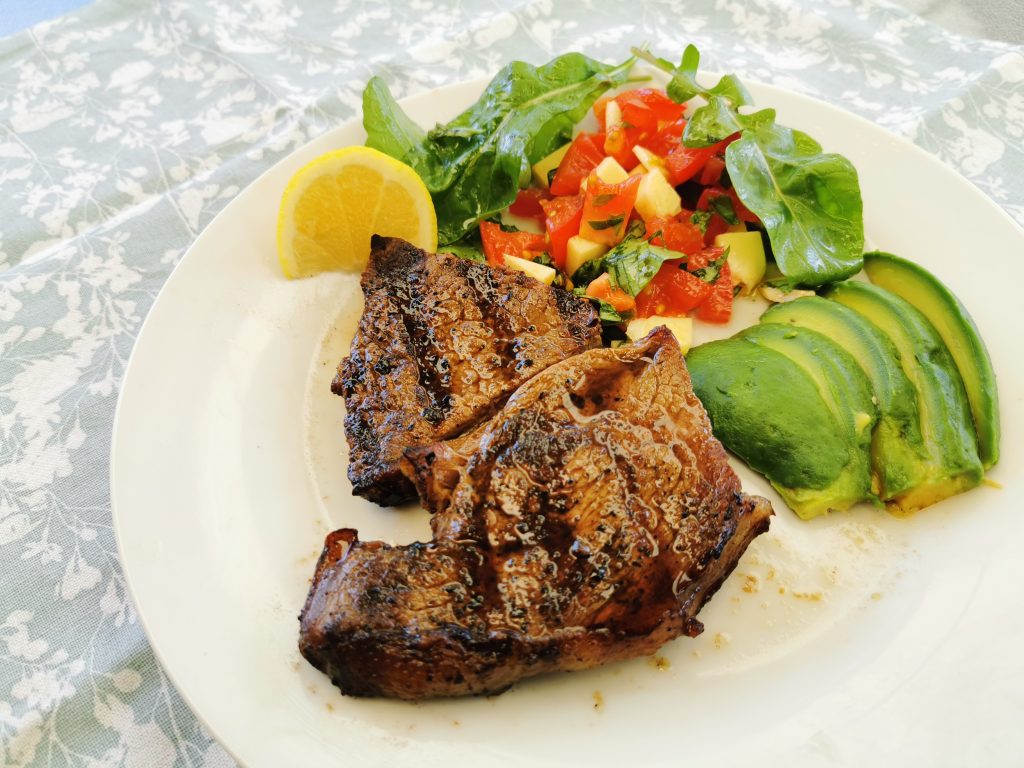
Keto is high in healthy fats, ultra-low in carbohydrates and moderate in protein. For example your calories in a day should roughly come from about 70% healthy fats, about 25% protein and only about 5 % carbohydrates but these must these below 20 grams per day.
After a few days on this diet your body will switch from burning carbohydrates mostly for energy to burning fat, including the stored fat in your body. This will produce another form of energy, ketones from fat breakdown. When the ketones appear in your system you are said to be in state of ketosis, hence the name ketogenic or keto diet. You may experience a sudden and large weight loss of about a kilogram or more as you transition into ketosis. This will be mostly water loss as a result of using up most of your glycogen reserves. You may also experience a transient ‘keto flu’ which is a feeling of listlessness and some brain fog, this will pass, so hang in there.
Step 3. Give up high carbohydrate foods
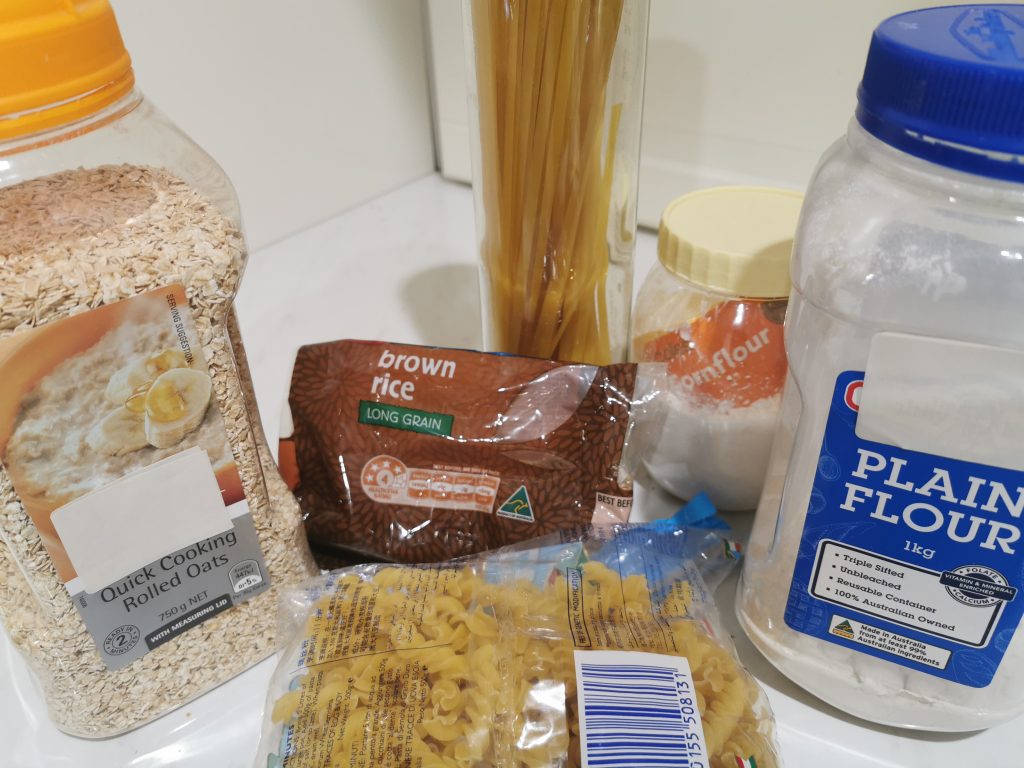
Which includes anything sweet or starchy. For example all sugars including honey, jams, most fresh fruit, fruit juice and processed confectionary. Also give up the starches like potatoes, pasta, rice, oats, most bread and flour based products (there are some low carb breads on the market).
Insert photo of high carb foods
Get your 20 grams of carbs from low carb vegetables and a few low carb fruits (strawberries, blue berries). Low carb vegetables include most above ground vegetables but excludes pumpkins. Low carb vegetables include cauliflower, broccoli, cabbage, kale, leak, zucchini, lettuce, radish, turnip to mention a few of the common choices.
Insert photo of low carb veg with carb values
The fibre, minerals and vitamins obtained from these whole natural vegetables is essential for good health so it is wise to consume some each day.
Step 4. Increase healthy fat intake
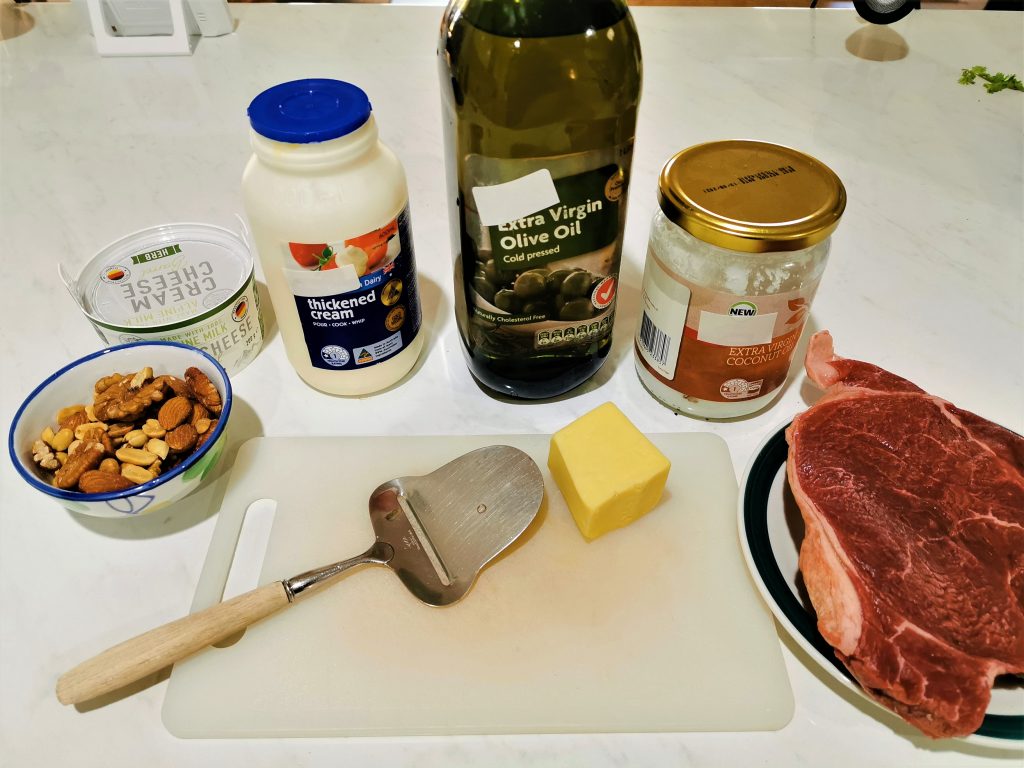
As you drop your carbo hydrate intake so you will need to compensate by Increasing your intake of healthy fats to make up about 70 % of your calorie intake. One gram of fat is about 9 calories. So if you are eating 2000 cals per day, you will need to consume about 150 to 160 grams 0f healthy fat. The definition of healthy in the opinion of keto experts may differ from conventional wisdom. The fats regarded as healthy by keto experts include saturated animal fats from, for example, chicken, red meat and cheese and cream. Also considered healthy are fats from fish, olive oil, coconut oil, avocado and nuts but not the polyunsaturated vegetable cooking oils and margarines.
Photo of healthy fats
How much you eat will affect how quickly you will lose weight but I found it best to eat enough to keep you satisfied until the next meal. If you are not losing fast enough then you will need to cut down calories or increase your exercise and or fast by skipping a meal or 2. I find increasing exercise and fasting easier than cutting calories.
Step 5. Keep protein to moderate amounts
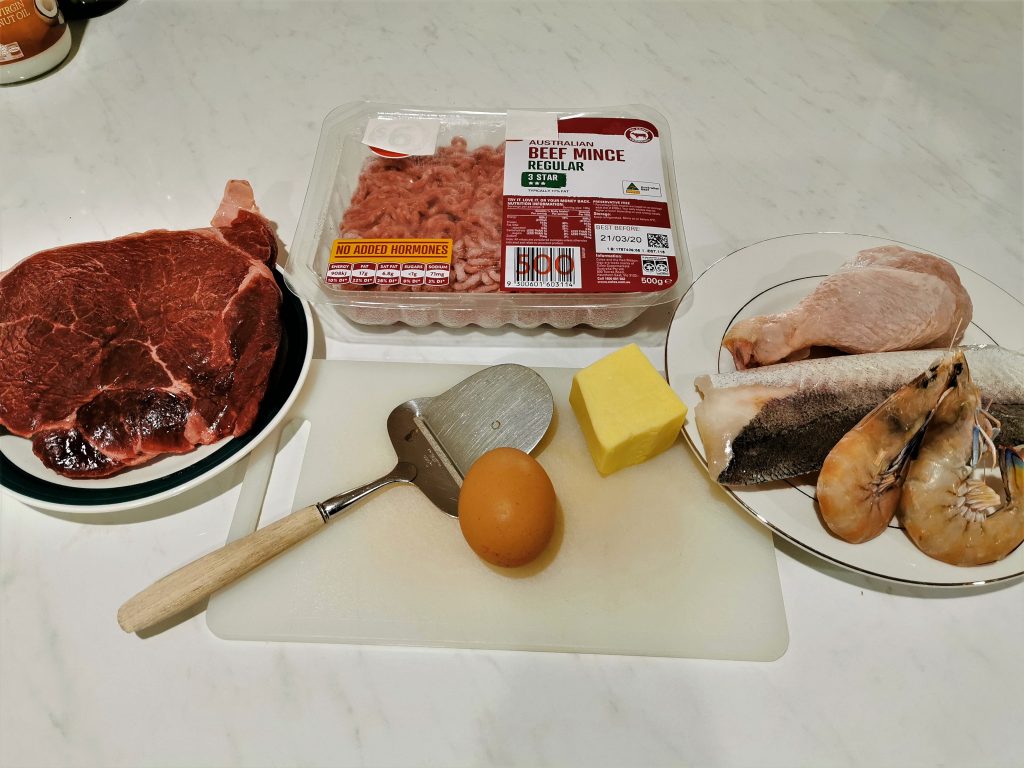
Keep protein down because the body can convert protein to glucose and this could be the reason if you are not losing weight. Keep protein down to about 25% of your calorie intake. One gram of protein is worth about 2 – 4 calories. So 100 grams of raw stake (some of which is fat and water) is worth about 220 calories.
Photo raw steak
If you are eating 2000 calories a day about 500 could therefore come from protein, that’s about 200 to 250 grams of raw steak for instance. with 1400 from fat and about 100 from carbs which is about 25 grams of carbs.
Finally a few general points.
Understand that your weight may go up and down on daily basis that is not important it is the trend over a week or two that matters.
Fasting is a very useful tool to keep your weight going down. Try missing one meal a day, replace it with black, sugarless tea or coffee. I miss breakfast each day. The fastest route into ketosis, I have found, is to fast for the first 24 hours and exercise as much as possible in that time .
The most you can lose in fat in a day is about 200 -300 grams so be satisfied with a slow steady decline.
Drink plenty of water and perhaps supplement vitamins and minerals particularly if you are fasting
It may be an idea to go off keto and onto perhaps a low carb diet when you have reached your goal weight and come back to keto if your weight rises out of your desired range. I believe it is more natural for your body to go through alternating periods of keto (burning fat) and fat storage as our ancestors would have done.
Here is an example of a day’s meal plan:

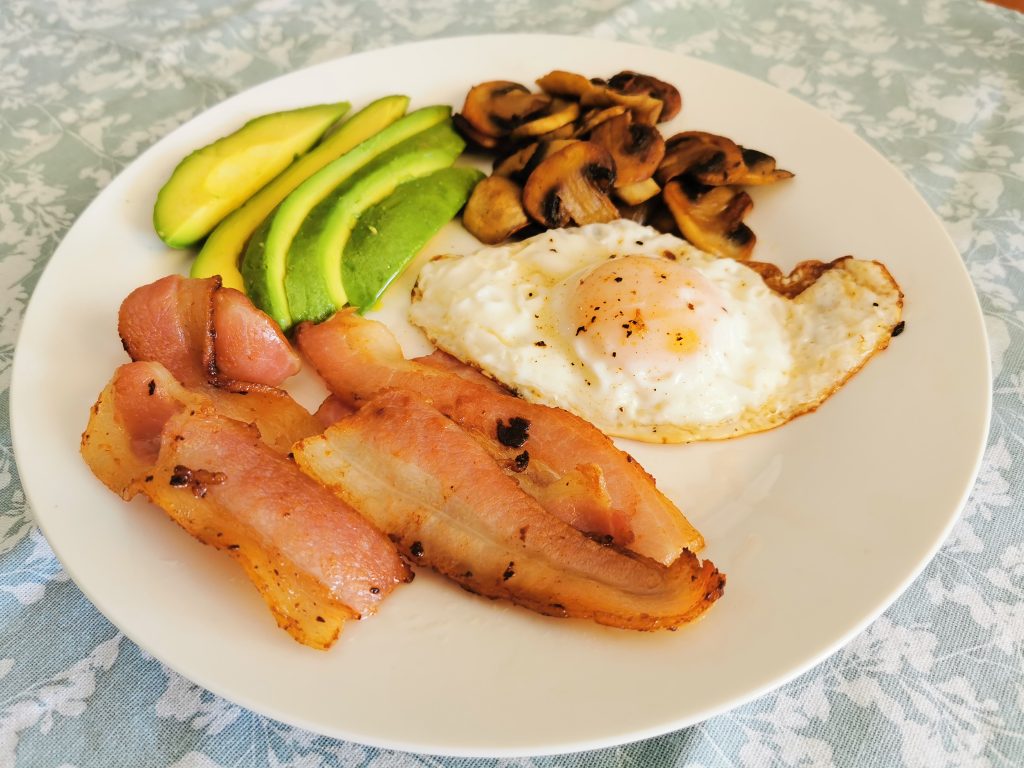

Here are more videos on keto
Comments are most welcome, try this and send us some feedback☺️ Why not visit our channel and browse through our other videos? http://www.youtube.com/c/AnnErasmus
Short Disclaimer/disclosure: My videos/articles are for informational and educational purposes only, you should consult with a professional before attempting anything seen or done in my videos/articles. Please read full disclaimer here: https://basiclowdown.com/disclaimer-disclosure-page/